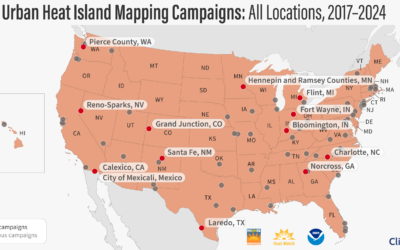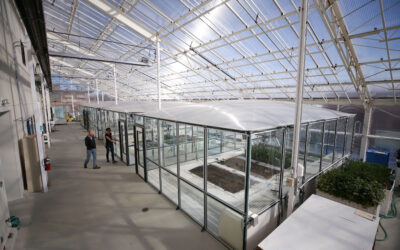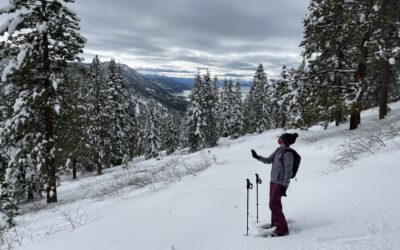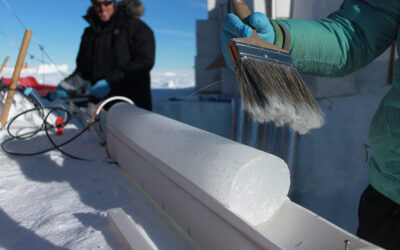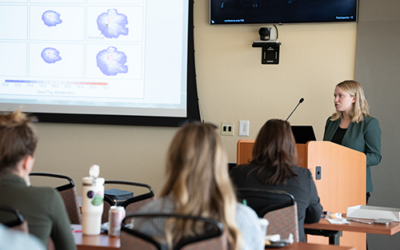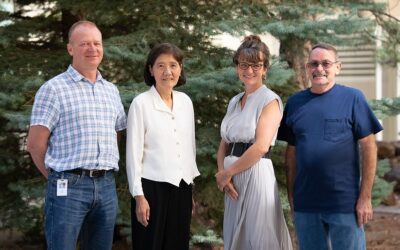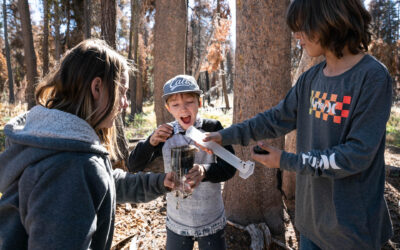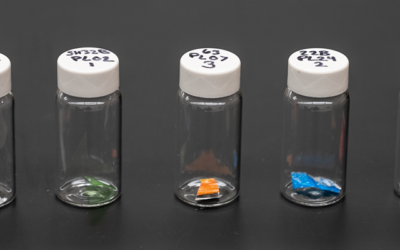Several municipal, county, and Tribal governments and community groups based in the Reno-Sparks area are teaming up to map the hottest parts of Reno, Sparks, and adjacent portions of Washoe County.
DRI-Developed Company TuBiomics Named A Top Ten Agri-Biotech Solutions Company of 2023
With support from the Nevada Governor’s Office of Economic Development, TuBiomics has emerged as a leader in developing plant and soil health products using sustainable, natural, chemistry-based solutions.
Community Scientists Needed: Help Improve Winter Weather Predictions
Community members across Utah, the Great Basin, and around Lake Erie and Lake Ontario are invited to join people across the country in contributing winter weather observations. The data is collected by scientists for a NASA-funded project that seeks to improve the accuracy of winter weather predictions.
Volcanic Eruptions Triggered Historical Global Cooling
The new study, led by the School of Earth and Environmental Sciences at St Andrews with international colleagues from the Desert Research Institute and others in Switzerland and the USA, and published in The Proceedings of the National Academy of Sciences (PNAS) (6 November 2023), finds that massive volcanic eruptions caused historical global cooling.
DRI Scientists Launch Nevada Orchid Project
DRI scientists are starting the first ever effort dedicated to studying and conserving Nevada’s orchids. Many people know orchids as flashy, delicate flowers raised in lush greenhouses, but orchids also thrive in the sparse wetlands sprinkled around Nevada’s arid landscape. In fact, lovers of the state’s orchids like to tout one impressive statistic: Nevada has no less than 14 species of native orchids, in contrast with Hawaii’s mere three.
Remembering Peter Wagner
The Peter Wagner Memorial Endowment was established in 1981 by Sue Wagner, his wife and former longtime Nevada legislator and Lt. Governor, family, and friends. We thank Sue Wagner for establishing this endowment in Peter’s memory and their continued support.
Annual Awards Presented to DRI Faculty and Staff at 2023 Celebration of Science
On September 26 & 28, DRI held awards and recognition ceremonies at our Reno and Las Vegas campuses to honor eleven scientists and staff members for their achievements. Along with the below awardees, several faculty and staff were recognized for their long-term service to DRI for up to 25 years.
DRI Accepting Applications for New STEM Education Internship Program
DRI is accepting applications for the new STEM Educator Partnership fall internship that will take place from September to December 2023. This paid opportunity is available to current education and science majors at UNR and UNLV, as well as Nevada K-5 educators.
Meet Microplastics Research Students Angelique DePauw and Olivia Hines
Angelique DePauw and Olivia Hines are undergraduate student researchers in the Microplastics and Environmental Chemistry Lab. Together, they are conducting an experiment comparing the decomposition rates of plastic and plastic-alternative straws.
Meet Sayantan (Monty) Majumdar, Ph.D.
Sayantan Majumdar, Ph.D., joined DRI in June 2023 as an assistant research professor of hydrologic sciences and remote sensing. Majumdar, who also goes by the name “Monty,” also specializes in machine learning, geospatial data science, and scientific software development.
